- Dip huet seung hung (1989)
- The Last Emperor (1987)
- The Killing Fields (1984)
- Enter the Dragon (1973)
- Yin shi nan nu (1994)
- The World of Suzie Wong (1960)
- Black Rain (1989)
- Indiana Jones and the Temple of Doom (1984)
- Best of the Best (1989)
- Mississippi Masala (1991)
- The Ugly American (1963)
- City of Joy (1992)
- Rapid Fire (1992)
- The Deceivers (1988)
- Tora! Tora! Tora! (1970)
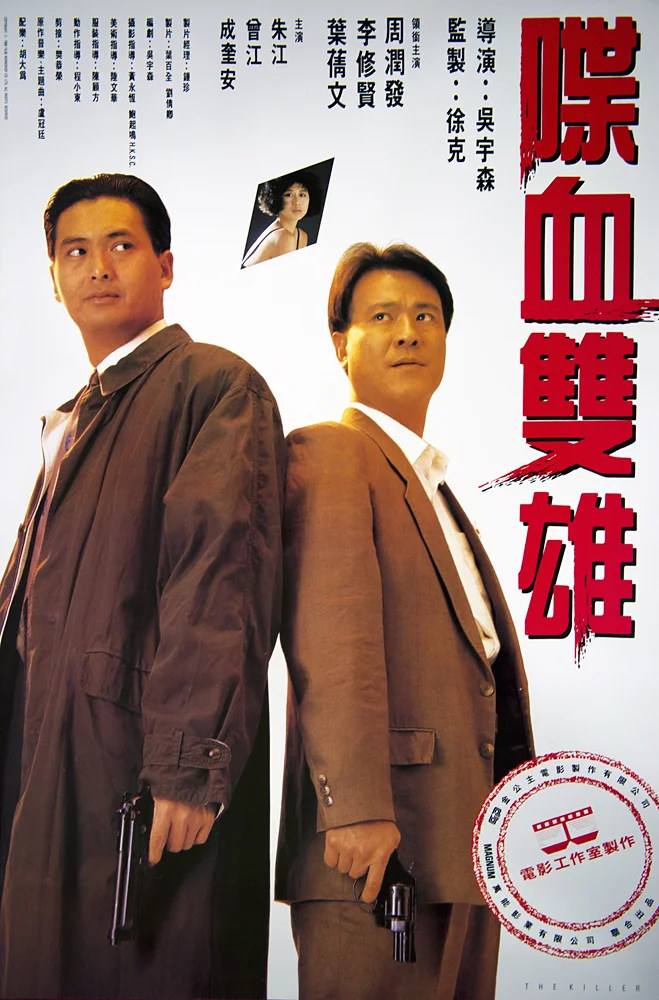 Dip huet seung hung, translated as The Killer in English, is arguably one of the most influential
movies of all time, making John Woo famous. It has the best editing ever which is the chief reason why people
should see this Hong Kong masterpiece to feel its poetic power which is relentless at a scorching pace.
Dip huet seung hung, translated as The Killer in English, is arguably one of the most influential
movies of all time, making John Woo famous. It has the best editing ever which is the chief reason why people
should see this Hong Kong masterpiece to feel its poetic power which is relentless at a scorching pace.
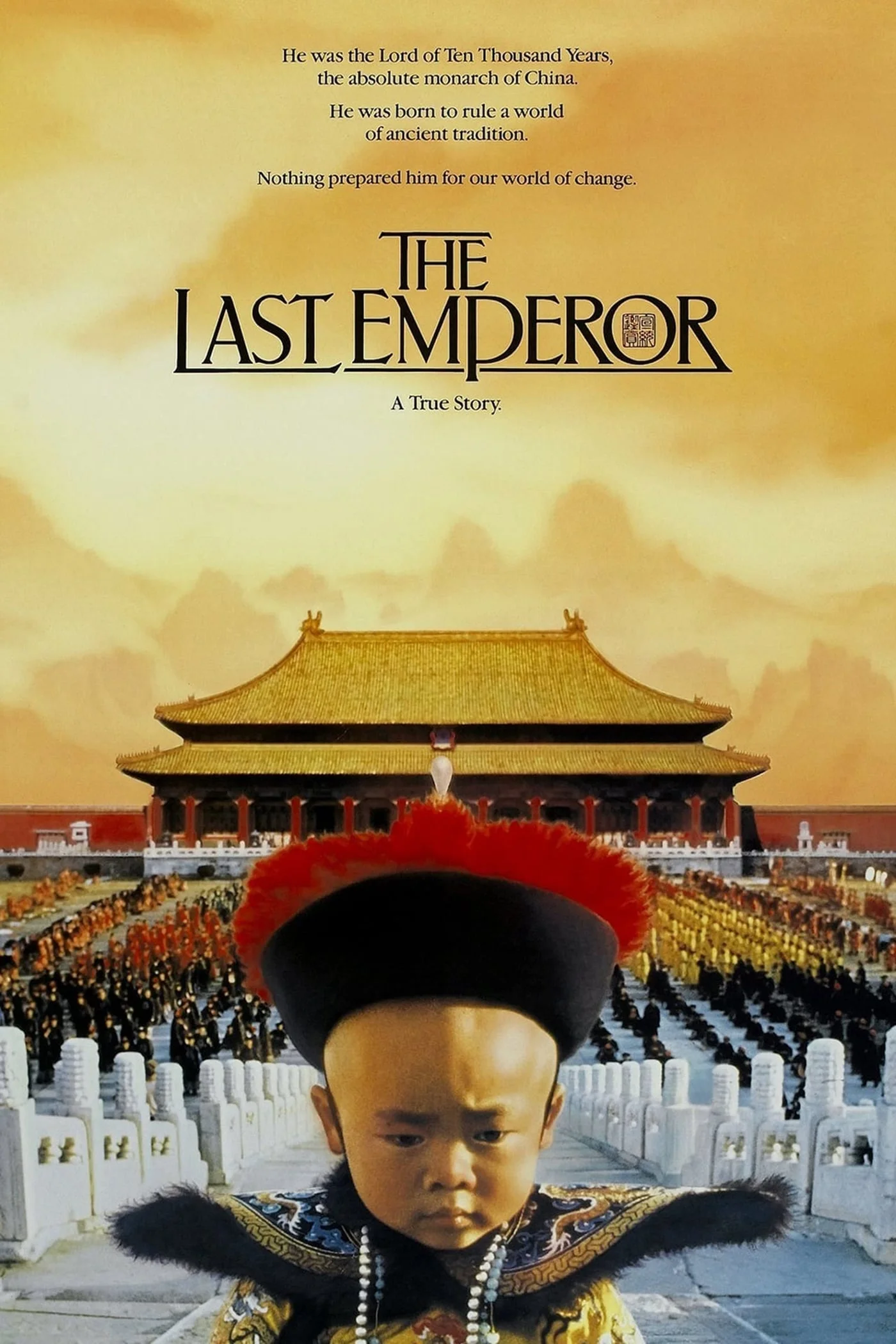 Buoyed by Vittorio Storaro's Oscar-winning cinematography, especially when it comes to inside the Forbidden City,
over 19,000 extras are used to tell a powerful tale of Puyi: how the last emperor of China is crowned at the
age of two years and ten months at an unfortunate timing only to become a common peasant a half-century later.
Buoyed by Vittorio Storaro's Oscar-winning cinematography, especially when it comes to inside the Forbidden City,
over 19,000 extras are used to tell a powerful tale of Puyi: how the last emperor of China is crowned at the
age of two years and ten months at an unfortunate timing only to become a common peasant a half-century later.
 Dith Pran, the subject of the film, was the first to coin the term "killing fields" to describe the Cambodian
genocide. Sydney Schanberg received the Pulitzer Prize for his wartime reporting there. A first-time
nonprofessional actor, Dr. Haing S. Ngor lived through the experience. Therefore, The Killing Fields
is a powerful film of what it's like to be in a war zone.
Dith Pran, the subject of the film, was the first to coin the term "killing fields" to describe the Cambodian
genocide. Sydney Schanberg received the Pulitzer Prize for his wartime reporting there. A first-time
nonprofessional actor, Dr. Haing S. Ngor lived through the experience. Therefore, The Killing Fields
is a powerful film of what it's like to be in a war zone.
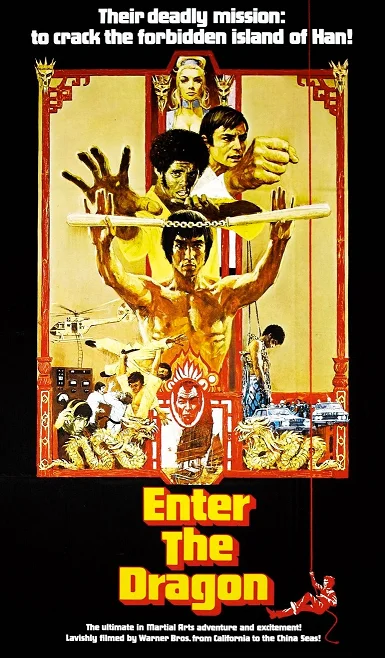 Shot entirely on location in Hong Kong, Enter the Dragon is the most iconic picture of the kung fu
genre and the most famous of Bruce Lee's short-lived career. Believe it or not, he was the first Asian thespian
to gain widespread acceptance by white America. In Enter the Dragon, Bruce Lee is captivating, especially
during the fight scenes which are one of a kind.
Shot entirely on location in Hong Kong, Enter the Dragon is the most iconic picture of the kung fu
genre and the most famous of Bruce Lee's short-lived career. Believe it or not, he was the first Asian thespian
to gain widespread acceptance by white America. In Enter the Dragon, Bruce Lee is captivating, especially
during the fight scenes which are one of a kind.
 Shot on location in Taipei of Taiwan, Ang Lee proves in Yin shi nan nu, which is better known as
Eat Drink Man Woman, why he's an excellent director. It's one of the most interesting movies made despite
the marathon of cooked animals. Great performances are rendered by everybody.
Shot on location in Taipei of Taiwan, Ang Lee proves in Yin shi nan nu, which is better known as
Eat Drink Man Woman, why he's an excellent director. It's one of the most interesting movies made despite
the marathon of cooked animals. Great performances are rendered by everybody.
 Making her screen debut, Hong Kongese Nancy Kwan can't be any more beautiful opposite William Holden. They have
great chemistry together, and the romance story is well-suited for them. It's the authentic Hong Kong
cinematography that brings the most out of the film, making the setting an exotic locale and the poverty a
reality for those who sell their beauty to make ends meet.
Making her screen debut, Hong Kongese Nancy Kwan can't be any more beautiful opposite William Holden. They have
great chemistry together, and the romance story is well-suited for them. It's the authentic Hong Kong
cinematography that brings the most out of the film, making the setting an exotic locale and the poverty a
reality for those who sell their beauty to make ends meet.
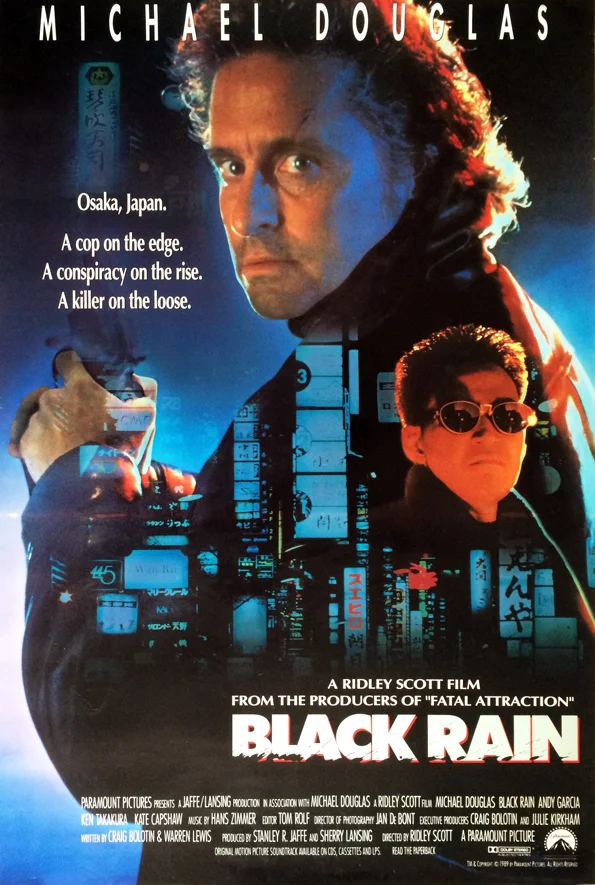 Black Rain is an underrated stylish policier with outstanding Blade Runner-like
cinematography which is very Japanese neo-noirish. Michael Douglas knows how to amp it up. Andy Garcia
is perfect as his sidekick, and Ken Takakura is great as well. Yûsaku Matsuda is definitely the bad guy as Sato.
Black Rain is an underrated stylish policier with outstanding Blade Runner-like
cinematography which is very Japanese neo-noirish. Michael Douglas knows how to amp it up. Andy Garcia
is perfect as his sidekick, and Ken Takakura is great as well. Yûsaku Matsuda is definitely the bad guy as Sato.
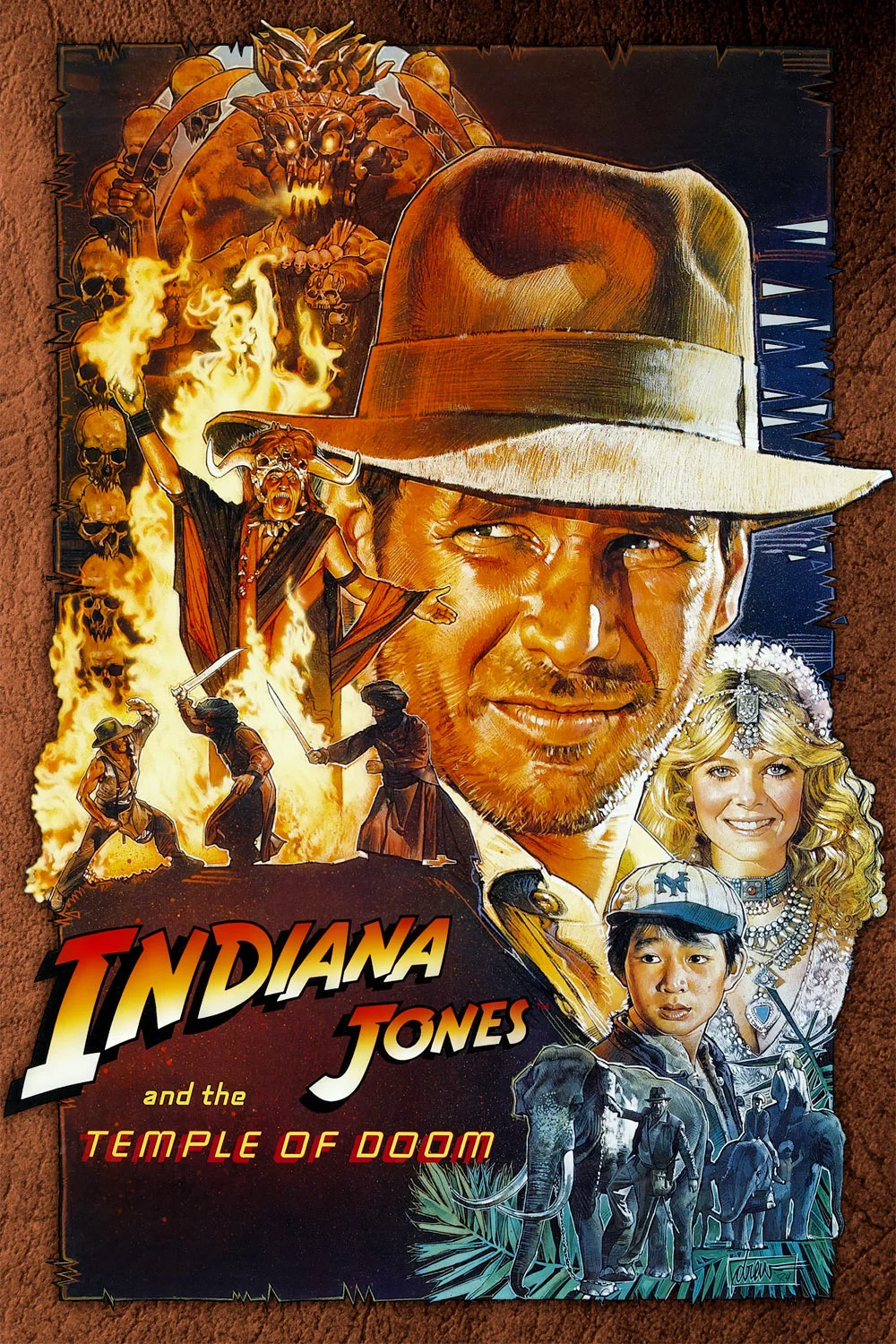 Indiana Jones and the Temple of Doom is a fun action-adventure flick with heavy Asian presence. Like
him or not, Ke Huy Quan is especially memorable as Short Round while Amrish Puri is unforgettable as Mola Ram
and Roshan Seth has a supporting part. There was a huge controversy in regard to the portrayal of Indians,
but honestly, I don't see it that way as there's a good tie-in with the Thuggee cult.
Indiana Jones and the Temple of Doom is a fun action-adventure flick with heavy Asian presence. Like
him or not, Ke Huy Quan is especially memorable as Short Round while Amrish Puri is unforgettable as Mola Ram
and Roshan Seth has a supporting part. There was a huge controversy in regard to the portrayal of Indians,
but honestly, I don't see it that way as there's a good tie-in with the Thuggee cult.
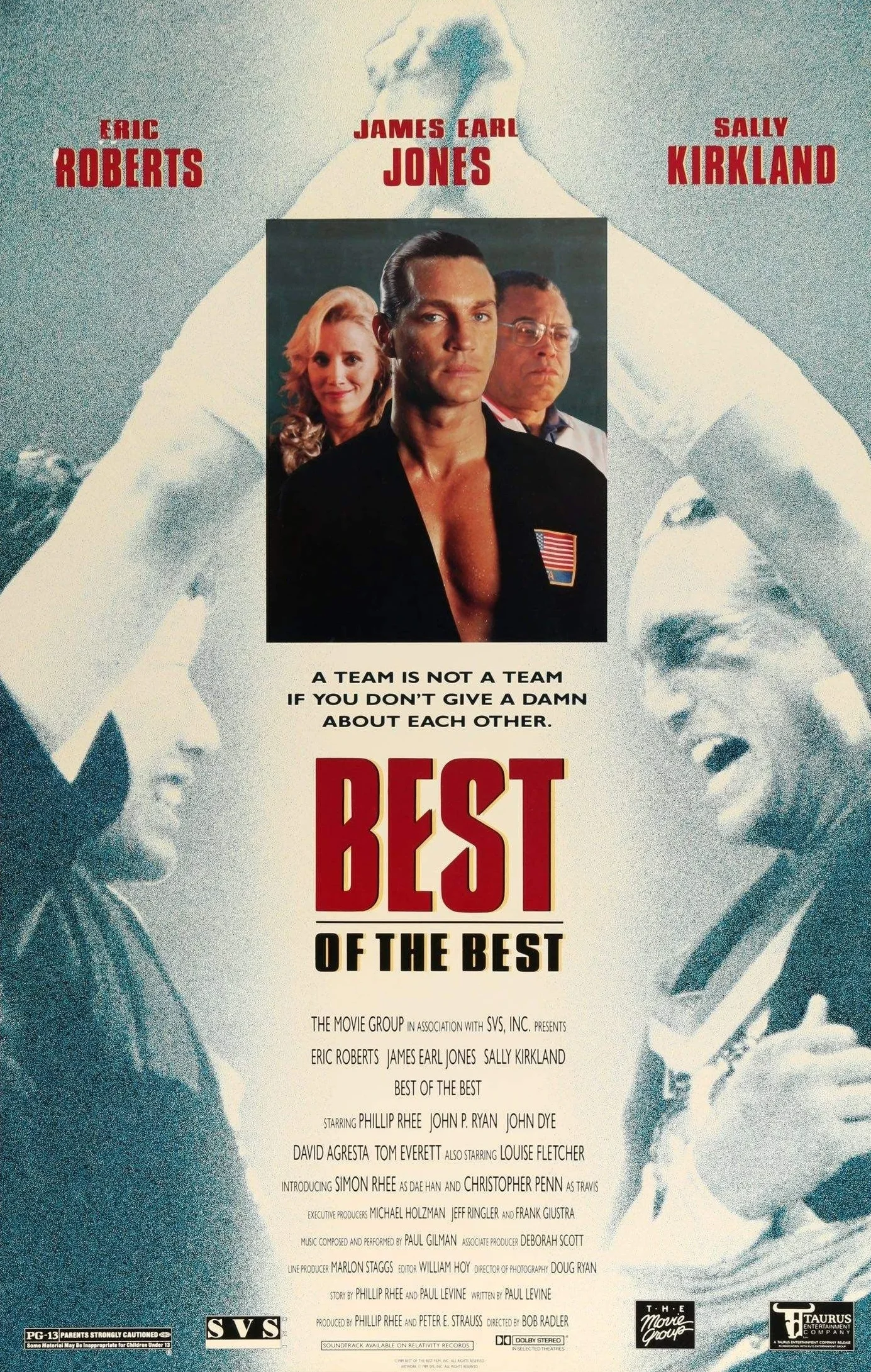 Speaking of adrenaline, Best of the Best is a tremendous rush. Without the training montage of the
South Korea national karate team, the movie will have been ordinary. The plot is fascinating and unusual,
showcasing the value of teamwork. Philip Rhee and Simon Rhee have a special moment at the end when the latter
as Dae Han offers himself as brother to the former.
Speaking of adrenaline, Best of the Best is a tremendous rush. Without the training montage of the
South Korea national karate team, the movie will have been ordinary. The plot is fascinating and unusual,
showcasing the value of teamwork. Philip Rhee and Simon Rhee have a special moment at the end when the latter
as Dae Han offers himself as brother to the former.
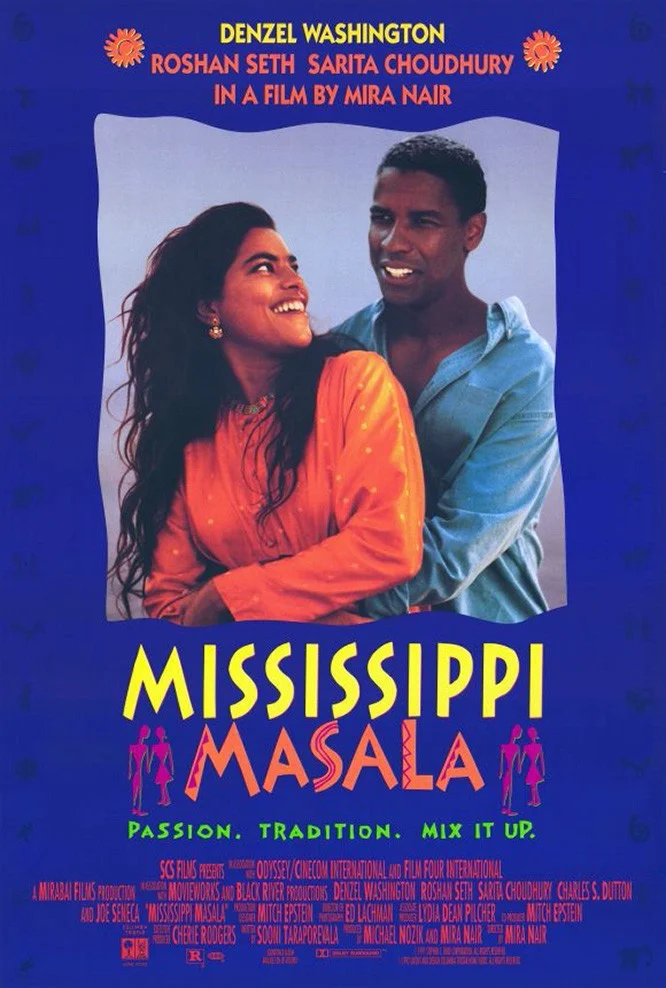 Because the Indians achieved so much success, the black residents, with the help of General Idi Amin, got
jealous and therefore decided to kick them out of the country in 1972. Many came to the United States,
hence the basis of Mississippi Masala. Having Denzel Washington on board helps a great deal, and he
and Sarita Choudhury are wonderful together.
Because the Indians achieved so much success, the black residents, with the help of General Idi Amin, got
jealous and therefore decided to kick them out of the country in 1972. Many came to the United States,
hence the basis of Mississippi Masala. Having Denzel Washington on board helps a great deal, and he
and Sarita Choudhury are wonderful together.
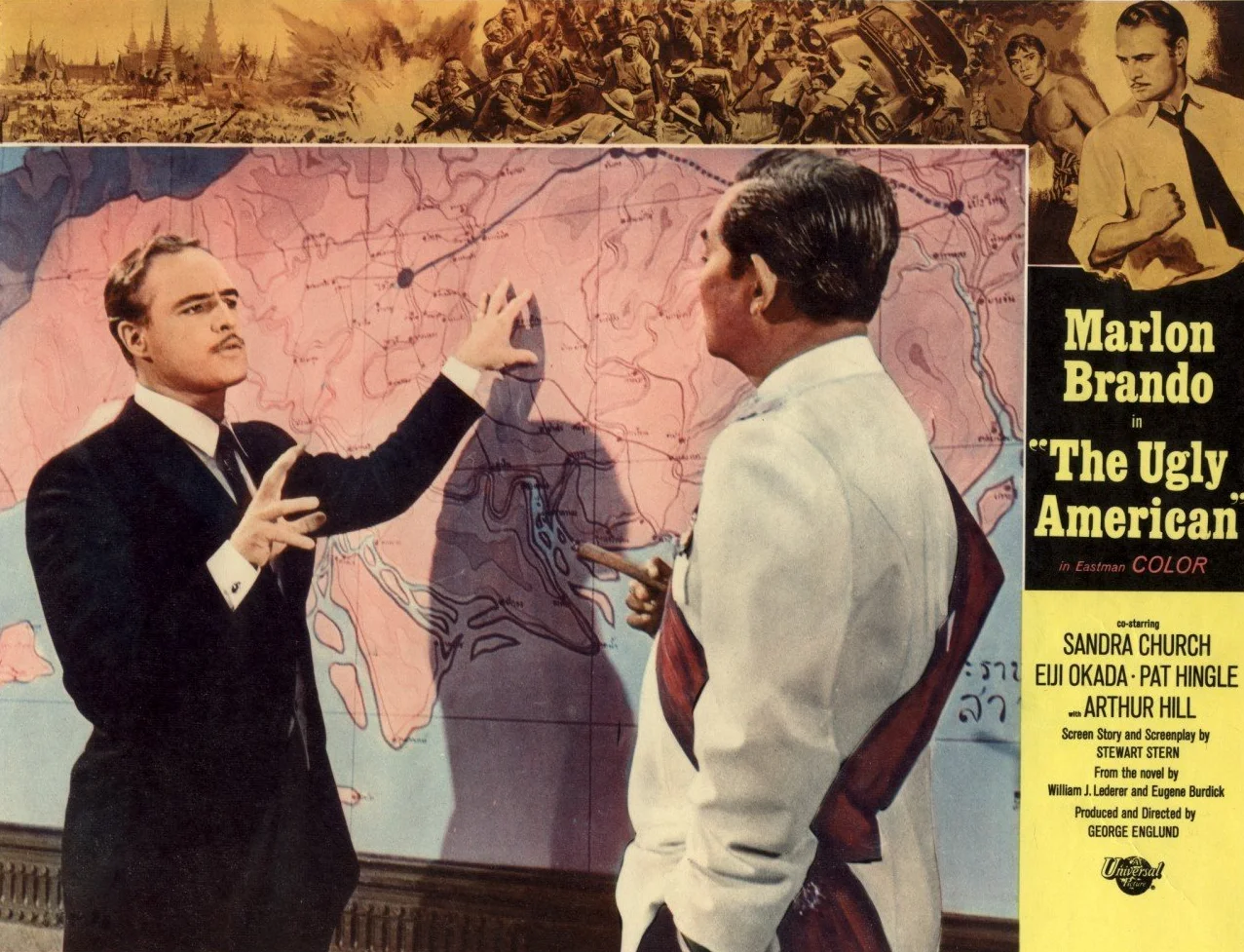 The Ugly American is an absorbing political picture with a great buildup of international tension.
Oftentimes, the politicians have been accused of being too much of themselves when they try to tell others
how to behave accordingly. Of the cast, Marlon Brando shines, and a good deal of credit goes to Eiji Okada
as Deong.
The Ugly American is an absorbing political picture with a great buildup of international tension.
Oftentimes, the politicians have been accused of being too much of themselves when they try to tell others
how to behave accordingly. Of the cast, Marlon Brando shines, and a good deal of credit goes to Eiji Okada
as Deong.
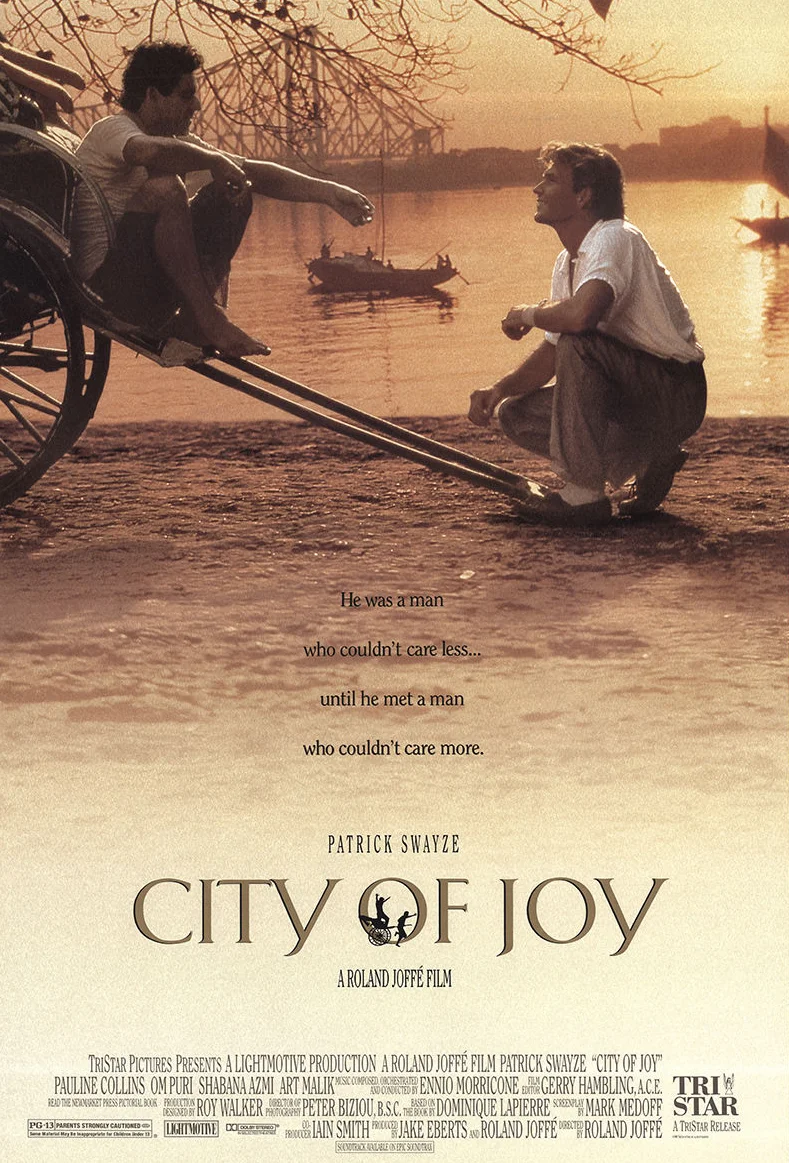 In City of Joy, there's a constant use of Roland Joffé's trademarks: a big-name white star, exotic
locations, high realism by taking advantage of the native inhabitants, and a wrestle with morality issues.
What I like about it is the human side of the story: how people manage to survive the slums in a third world
country like India. Om Puri gives a moving performance.
In City of Joy, there's a constant use of Roland Joffé's trademarks: a big-name white star, exotic
locations, high realism by taking advantage of the native inhabitants, and a wrestle with morality issues.
What I like about it is the human side of the story: how people manage to survive the slums in a third world
country like India. Om Puri gives a moving performance.
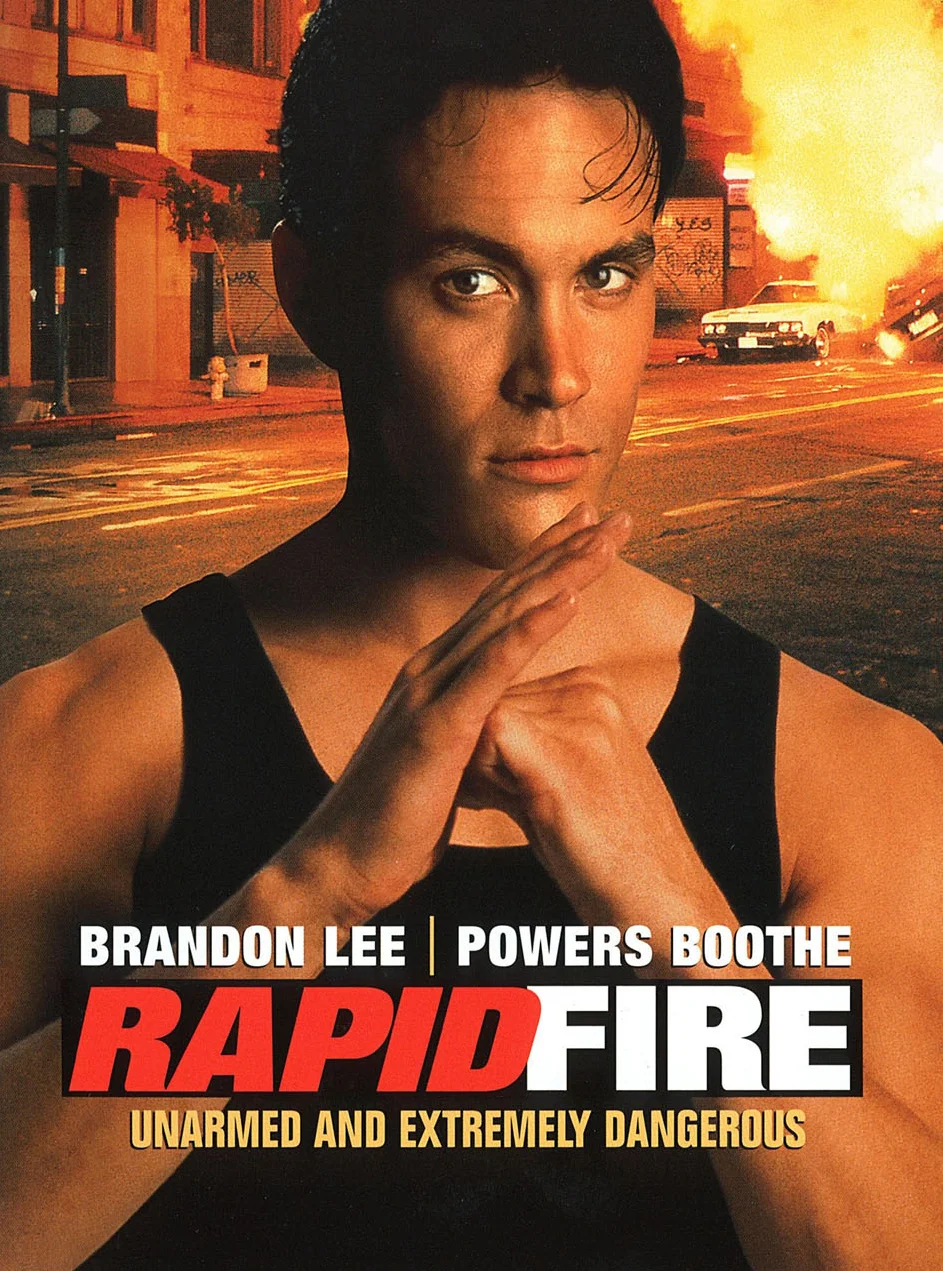 Brandon Lee starred in five films, and the best of them is Rapid Fire. A bona fide martial artist in
his own right with a rare combination of looks and charisma, he's electrifying and has a captivating presence,
having orchestrated many fight scenes. The story is good and suits him well.
Brandon Lee starred in five films, and the best of them is Rapid Fire. A bona fide martial artist in
his own right with a rare combination of looks and charisma, he's electrifying and has a captivating presence,
having orchestrated many fight scenes. The story is good and suits him well.
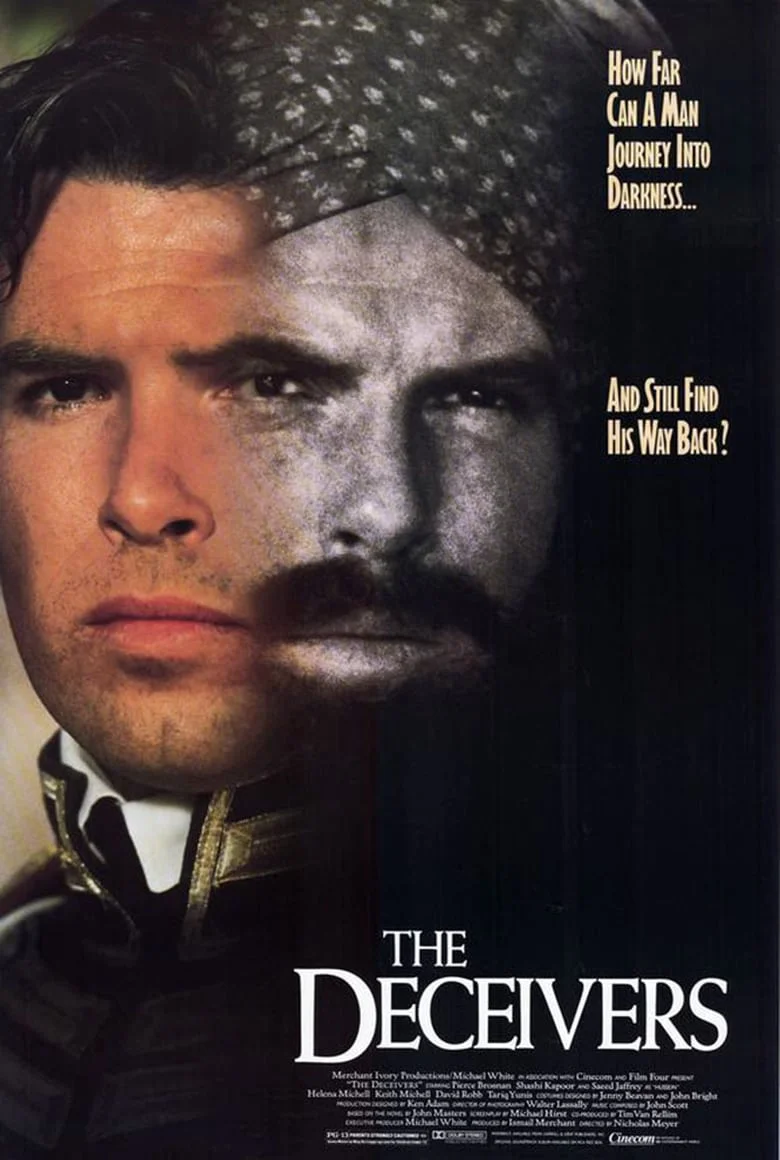 The word "thug" has its origins in an Indian gang of thieving assassins who murdered travelers by strangulation
in the name of the Hindu Goddess Kali. Shot on various locations around the northwest parts of India for four
months, the cinematography is rich, which is typical of Merchant Ivory pictures, and there are plenty of
references to the Indian culture including the elephant death circle and the suttee (sati) which is a Hindu
practice of a widow throwing herself onto her husband's funeral pyre.
The word "thug" has its origins in an Indian gang of thieving assassins who murdered travelers by strangulation
in the name of the Hindu Goddess Kali. Shot on various locations around the northwest parts of India for four
months, the cinematography is rich, which is typical of Merchant Ivory pictures, and there are plenty of
references to the Indian culture including the elephant death circle and the suttee (sati) which is a Hindu
practice of a widow throwing herself onto her husband's funeral pyre.
 The famous line uttered by Admiral Yamamoto: "I fear all we have done is to awaken the sleeping giant and
fill him with a terrible resolve"? Never happened, but it's still cool. Each segment of Tora! Tora! Tora!
was handled by a Japanese director and an American director separately. The aerial scenes of the Japanese
fighters are stunning.
The famous line uttered by Admiral Yamamoto: "I fear all we have done is to awaken the sleeping giant and
fill him with a terrible resolve"? Never happened, but it's still cool. Each segment of Tora! Tora! Tora!
was handled by a Japanese director and an American director separately. The aerial scenes of the Japanese
fighters are stunning.